Global Disability Summit
Turning Commitments into Action
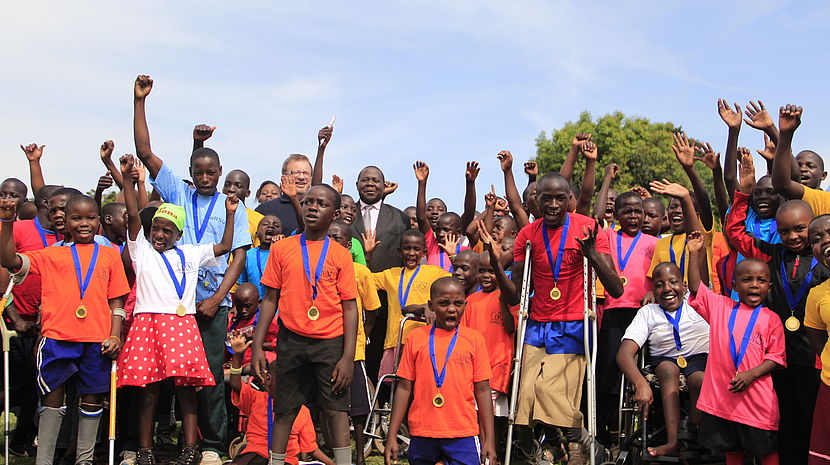
©CoRSU
The second Global Disability Summit was a pivotal event that called on governments, businesses, development professionals, and Organisations of People with Disabilities (OPDs) to make binding commitments to change and do more to include over one billion people with disabilities, many of whom live in some of the world’s poorest countries. All regions of the world were represented, and 44 countries made approximately 1,300 commitments by representatives from all stakeholder groups. The summit’s success will be measured by the actions that follow. Three members of the CBM team explain why the summit was so important and the next steps.
What is the Global Disability Summit and how does it tie into CBM’s work?
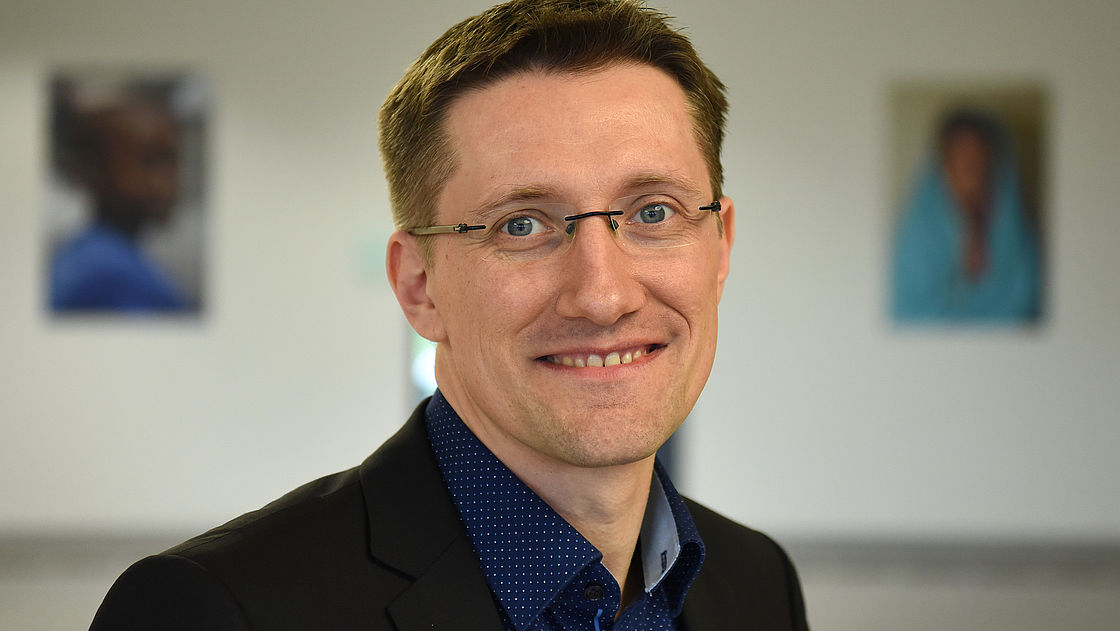
Dominique Schlupkothen, Director, Community Based Inclusive Development (CBID):
The Global Disability Summit (GDS) is a high-level political event to mobilize efforts for the implementation of the UN Convention on the Rights of Persons with Disabilities (CRPD). Each summit is co-hosted by the International Disability Alliance (IDA) and two national governments; this year it was co-hosted by the governments of Norway and Ghana.
CBM’s vision is for an inclusive world in which all people with disabilities enjoy their human rights and achieve their full potential. The summit ties into our work because strong commitments by governments, as the duty bearers of the CRPD, are required to turn our vision into a reality.
One very encouraging element for me was the community inclusion focus, which demonstrated that without community inclusion and inclusive community development, the CRPD will not become a reality. I have not seen so many commitments in support of community inclusion at such an event before.
Tell us more about this year’s summit and CBM’s engagement with its partners
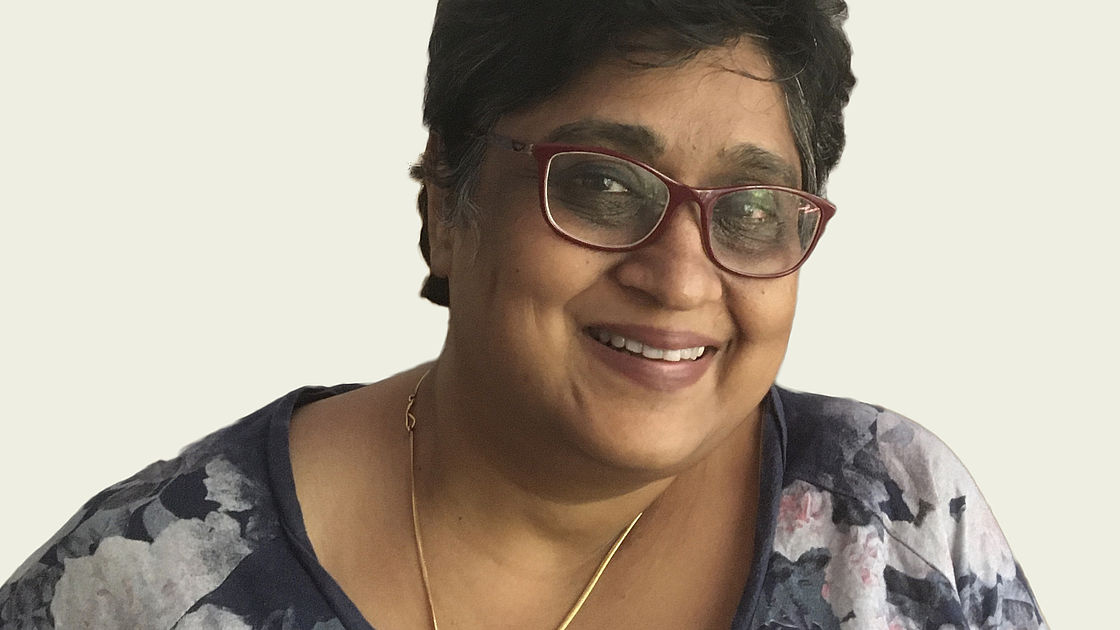
Shivani Gupta, Technical Inclusion Advisor, CBID:
CBM participated in the Civil Society Forum as well as several regional events at the summit. We also hosted a side event in collaboration with GIZ (The German Society for International Co-operation). The event, ‘Making the invisible count,’ featured a panel discussion on disaggregated data with a specific focus on states, Organisations of Persons with Disabilities (OPDs), and NGOs working together to collect and use data when carrying out disability-inclusive development. It was well attended with a lot of interest from the countries and civil society participants.
This year’s summit was entirely virtual due to COVID-19. This provided an opportunity to bring the summit to people on the ground who would never have been able to travel to attend it. Therefore, in some ways, the summit truly included persons with disabilities, and I hope in the future some virtual elements that enable larger participation will be retained.
What does it mean for CBM to be at the Global Disability Summit and what can CBM gain from it?
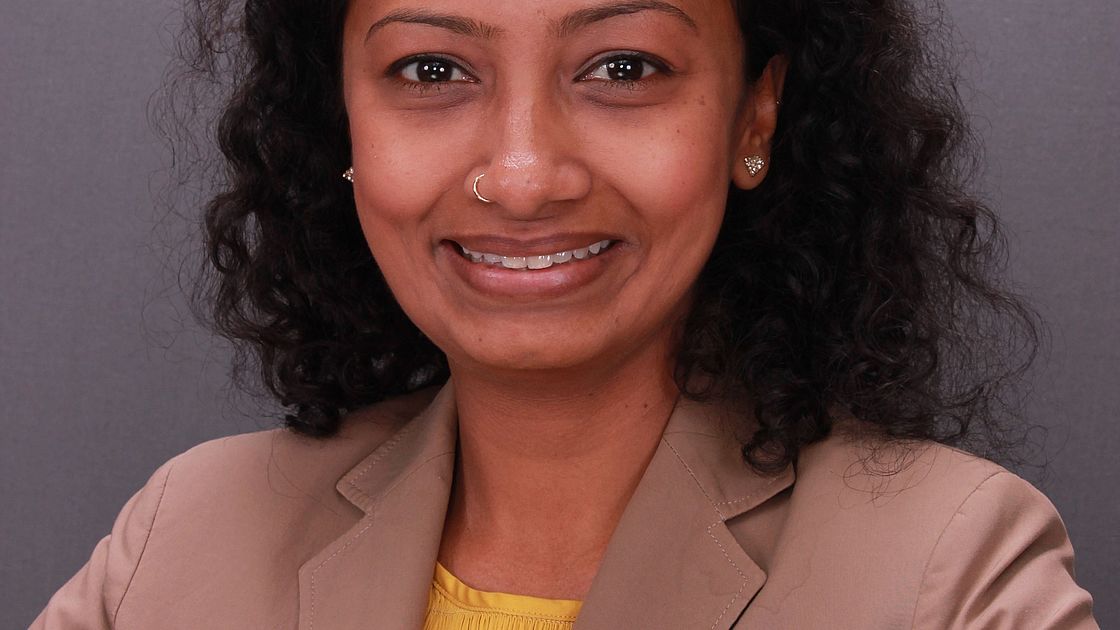
Girija Sankar, Head of Neglected Tropical Diseases (NTDs) Programmes:
CBM champions the rights of people with disabilities in all aspects of its work, including health. Participating in the summit allows CBM to demonstrate our commitment to inclusive health principles and practices and reiterate our intention to work in partnership to contribute to disease elimination, health promotion, and primary health care with a focus on disability inclusion. We appreciate the much-needed attention drawn to inclusive health and the gender dimension of disability inclusion in healthcare.
As part of the summit, organizations submitted their commitments to bring about genuine change for persons with disabilities. Could you briefly sum up CBM’s commitments and what they will mean for our work?
Dominique: CBM has made 33 wide-ranging commitments, aligned with the community inclusion focus of the summit, and will dedicate 315 million Euros over the next four years towards their realization, working closely with our partners, many of them being OPDs.
Our commitments include strategic investments to ensure our community programmes are resilient and inclusive, driving Disability Inclusive Disaster Risk Reduction, expanding, and strengthening our ability to disaggregate data, strengthening education systems, and promoting universal health coverage for all. Our commitments will guide and influence the work we do.
How do you plan to track progress on your commitments?
Dominique: Our commitments are embedded in our organizational objectives and indicators, and we have discussed how we will verify whether we are making progress across the organisation. We have also made a significant financial pledge (315 million EUR) to our commitments. This makes me optimistic that we will be able to discuss our successes and our failures along our journey and continuously improve.
We will also follow how governments in countries where we are active implement their commitments and offer support to government agencies at different levels.
What are your key takeaways from the summit and how will they influence CBM’s work?
Dominique: It is great to see how organizations of people with disabilities are claiming their space: several CBM partner Organisations of Persons with Disabilities shared powerful stories and the work they do. This is encouraging for our work and a call to continue basing our programming on the voices and choices of persons with disabilities.
Overall, the task of implementing the CRPD, working towards a truly inclusive world, remains enormous. All stakeholders need to put their differences aside and work closely together to make progress.
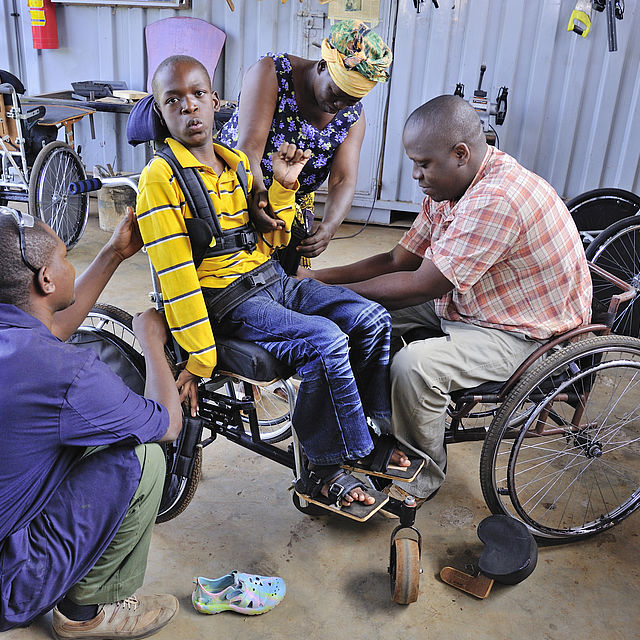
GDS 2025
The next GDS is already planned for 2025 and will be hosted by the Governments of Germany and Jordan, together with the International Disability Alliance.
You might also be interested in: